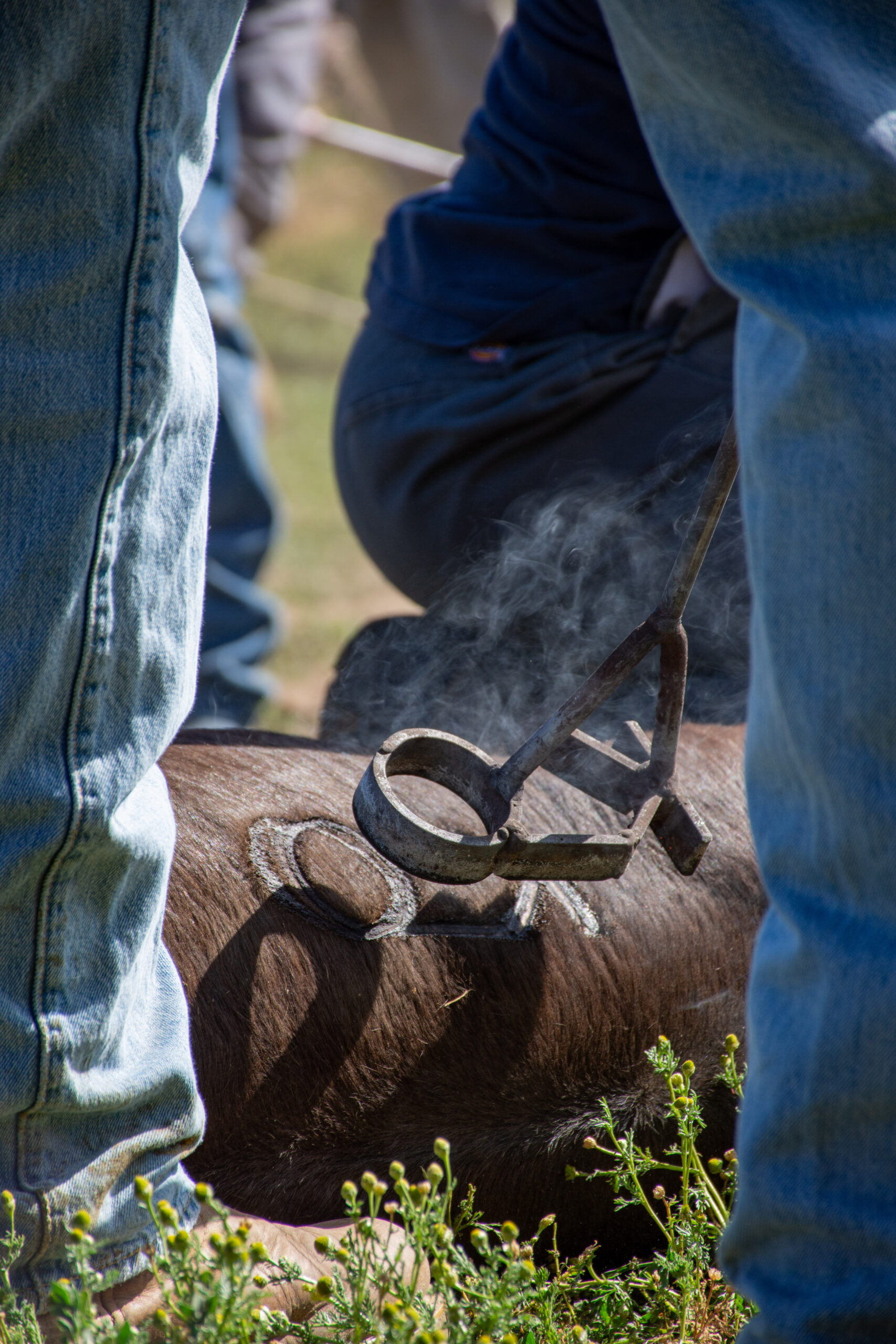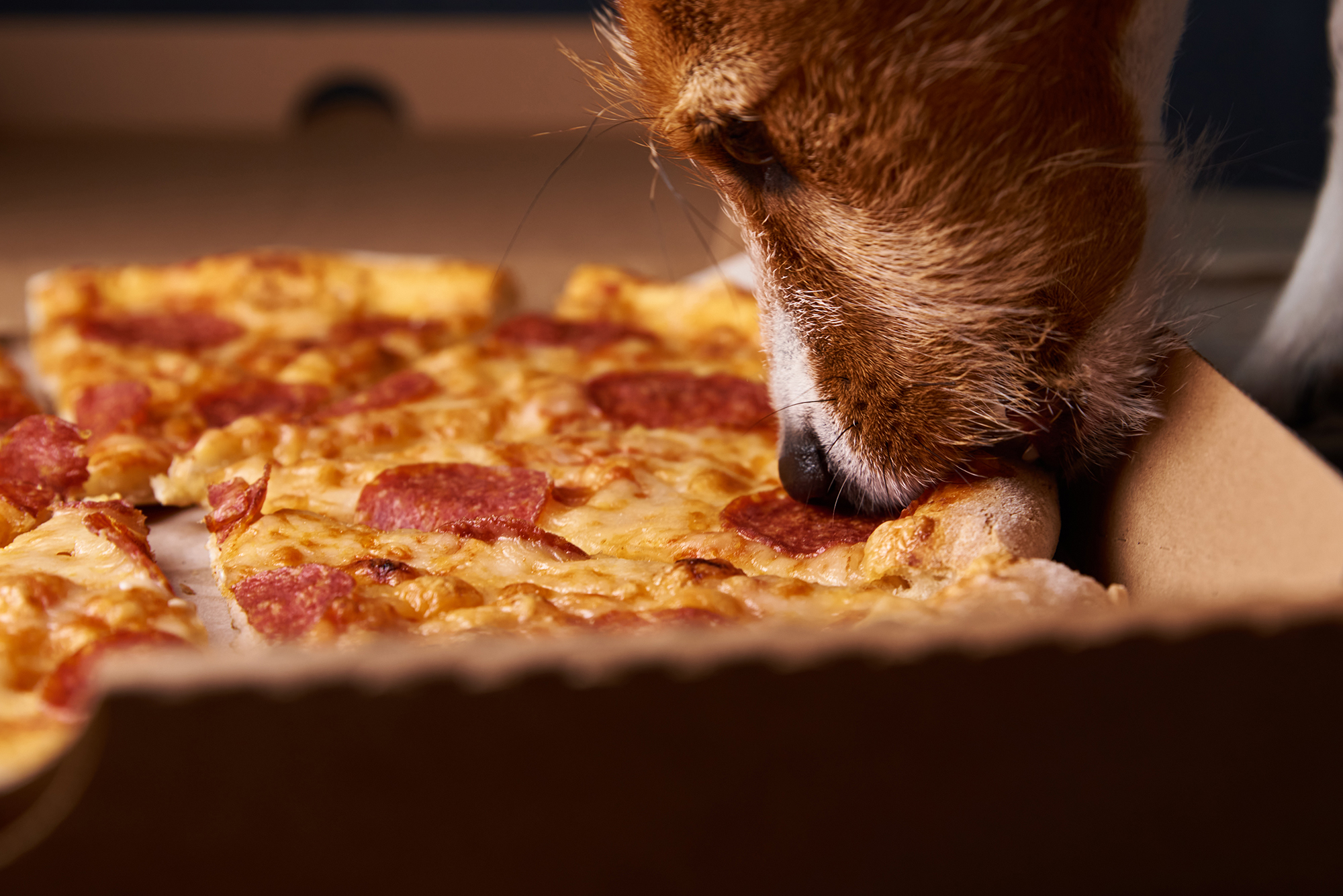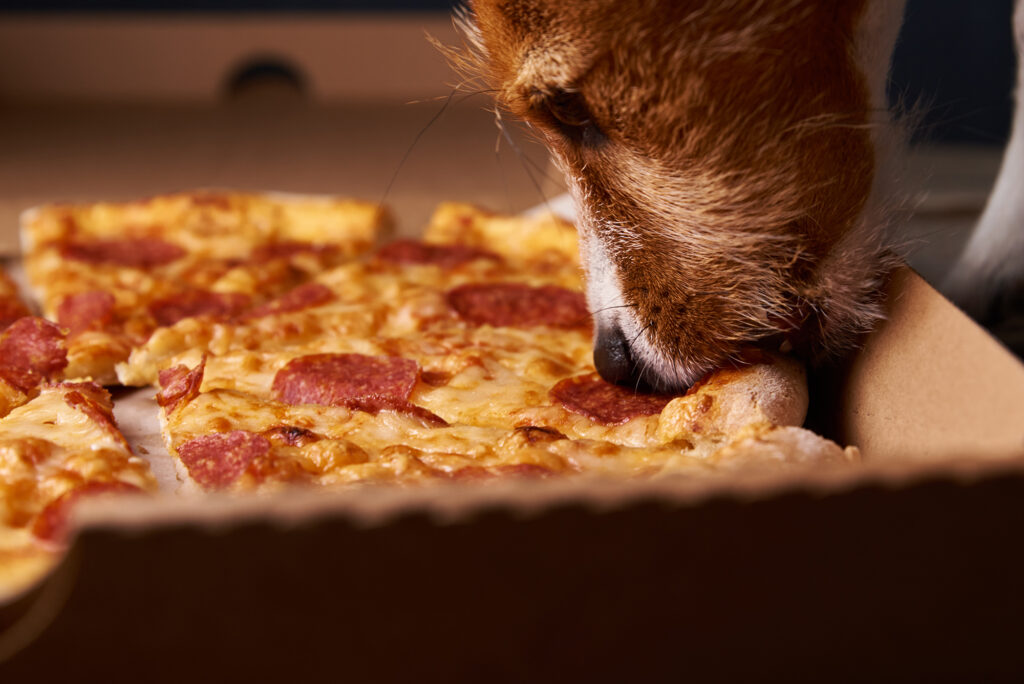Country Lifestyle
Protecting Pollinators: Strategies for Supporting Bee Populations in Oklahoma

Pollinators, especially bees, play a crucial role in our ecosystem and agricultural landscape. They are responsible for pollinating many of the crops that we rely on for food production. However, bee populations worldwide have been declining due to various factors, including habitat loss, pesticide use, disease, and climate change. In Oklahoma, where agriculture is a significant industry, protecting pollinators is of utmost importance. Here we explore some strategies for supporting bee populations in Oklahoma and why it’s essential for the health of our environment and economy.
Understanding the Importance of Bees
Before delving into strategies for protecting bee populations, it’s essential to understand why bees are so vital. Bees are one of the most effective pollinators, playing a crucial role in the reproduction of flowering plants, including many crops such as fruits, vegetables, and nuts. Without bees, the pollination process would be severely disrupted, leading to reduced crop yields and potentially threatening food security.
In Oklahoma, bees contribute significantly to the state’s agricultural economy by pollinating crops like cotton, canola, alfalfa, and various fruits and vegetables. According to the Oklahoma Department of Agriculture, Food, and Forestry, pollinators contribute over $157 million annually to the state’s economy. Therefore, protecting bee populations is not only essential for environmental conservation but also for the economic sustainability of agriculture in Oklahoma.
Challenges Facing Bee Populations in Oklahoma
Despite their importance, bee populations in Oklahoma, like elsewhere, face numerous challenges that threaten their survival. One of the primary threats is habitat loss due to urbanization, agricultural expansion, and land development. As natural habitats disappear, bees lose the food sources and nesting sites they need to thrive.
Furthermore, the use of pesticides, including neonicotinoids and other chemical treatments, poses a significant risk to bee populations. Pesticides can harm bees directly through poisoning or indirectly by contaminating their food sources and disrupting their reproductive cycles. Climate change also exacerbates the challenges faced by bees, affecting flowering patterns, altering habitat suitability, and increasing the frequency of extreme weather events.
Strategies for Supporting Bee Populations
While the challenges facing bee populations are daunting, there are several strategies that individuals, farmers, and policymakers can implement to support bee populations in Oklahoma:
- Creating Pollinator Habitat: One of the most effective ways to support bees is by creating and preserving pollinator-friendly habitat. This can include planting native wildflowers, flowering trees, and shrubs that provide bees with a diverse and abundant source of nectar and pollen. Additionally, leaving natural areas, such as meadows and hedgerows, untouched can provide essential nesting sites for solitary bees.
- Reducing Pesticide Use: Minimizing the use of pesticides, especially bee-toxic chemicals like neonicotinoids, is crucial for bee conservation. Farmers can adopt integrated pest management (IPM) practices that prioritize non-chemical methods of pest control, such as crop rotation, biological control, and using pest-resistant crop varieties. When pesticides are necessary, they should be applied judiciously, following label instructions and avoiding spraying during times when bees are most active.
- Supporting Organic Agriculture: Organic farming practices that eschew synthetic pesticides and fertilizers are inherently more bee-friendly. By supporting organic agriculture and purchasing organic products, consumers can help create demand for farming methods that prioritize environmental sustainability and pollinator health.
- Educating the Public: Increasing public awareness about the importance of bees and the threats they face is essential for fostering support for bee conservation efforts. Educational initiatives can include school programs, community workshops, and public outreach campaigns that highlight the role of bees in food production and the steps individuals can take to protect them.
- Collaborating with Stakeholders: Protecting bee populations requires collaboration among various stakeholders, including farmers, landowners, conservation organizations, government agencies, and researchers. By working together, these groups can develop and implement comprehensive strategies for conserving bee habitat, reducing pesticide exposure, and promoting bee-friendly farming practices.
Conclusion
Protecting pollinators, particularly bees, is a critical priority for environmental conservation and agricultural sustainability in Oklahoma. By implementing strategies such as creating pollinator habitat, reducing pesticide use, supporting organic agriculture, educating the public, and collaborating with stakeholders, we can help support bee populations and ensure their continued role in pollinating our crops and maintaining ecosystem health. By taking action now, we can secure a future where bees thrive, benefiting both our environment and our economy.
Top of Form
References:
Oklahoma Department of Agriculture, Food, and Forestry. (n.d.). Pollinators in Oklahoma. Retrieved from https://www.oda.state.ok.us/food/fs-pollinators.htm
Xerces Society for Invertebrate Conservation. (2022). Neonicotinoids. Retrieved from https://xerces.org/neonicotinoids
National Institute of Environmental Health Sciences. (2022). Climate Change and Human Health – Heat Impacts on Pollinators. Retrieved from https://www.niehs.nih.gov/research/supported/translational/peph/webinars/heat-impacts-on-pollinators/index.cfm
United States Environmental Protection Agency. (2022). Integrated Pest Management (IPM) Principles. Retrieved from https://www.epa.gov/safepestcontrol/integrated-pest-management-ipm-principles
Organic Trade Association. (n.d.). Why Buy Organic? Retrieved from https://www.ota.com/why-buy-organic
Pollinator Partnership. (n.d.). Education & Outreach. Retrieved from https://www.pollinator.org/education-outreach
United States Department of Agriculture. (n.d.). Partnerships for Pollinators. Retrieved from https://www.usda.gov/media/blog/2016/06/24/partnerships-pollinators
These references provide a comprehensive overview of the topics discussed in the article, including the importance of pollinators, the challenges they face, and strategies for supporting bee populations in Oklahoma.
Country Lifestyle
Riding for the Brand

By: Christopher Dysinger
According to the Code of the West a man who has integrity is one who rides for the brand. If you are unfamiliar with cowboy parlance this phrase is used to describe being loyal to the outfit you work for. Cowboys were, “intensely loyal to the outfit they were working for and would fight to the death for it. They would follow their wagon boss through hell and never complain.” -Teddy Blue Abbot. Riding for the brand means being loyal and when I consider what it means to be loyal I am reminded of the words of the Lord Jesus to His disciples in Matthew 16:24, “Then said Jesus unto His disciples, If any man will come after Me, let him deny himself, and take up his cross and follow Me.” To me, to take up the cross and follow the Lord is the epitome of what it means to ride for the brand.
When you place your trust in the Lord Jesus you are signing on to His outfit, to speak the language of the West. When you called upon the name of the Lord Jesus by faith, He saved you and from this point you are riding for His brand. In taking up your cross and following Him you have pledged to be loyal, and this means you face any hardship or trial like a cowboy on the trail moving the herd. Any complaint must be swallowed in the same way you would swallow a cup of coffee. When I hear our faith and loyalty to the Lord Jesus put into these terms it stirs something within me that moves me to keep right on riding for the brand.
Louis L’amour wrote, “Riding for the brand was an expression of loyalty to a man’s employer or the particular outfit he rode for. It was considered a compliment of the highest order in an almost feudal society. If a man didn’t like a ranch or the way they conducted their affairs he was free to quit, and many did; but if he stayed, he gave loyalty and expected it. A man was rarely judged by his past only by his actions. Many a man who came west left things behind him he would rather forget, so it was not the custom to ask questions. Much was forgiven if a man had courage and integrity and if he did his job. If a man gave less than his best, somebody always had to pick up the slack, and he was not admired.” It is the same when a person gives his or her heart to Jesus.
When you come to the Lord Jesus you are not judged by your past. When you come to the Lord Jesus, repenting of sin and seeking forgiveness, everything from your past is left behind. All will be forgiven. 1 John 1:9 reads, “If we confess our sins, He is faithful and just to forgive us our sins, and to cleanse us from all unrighteousness.” When you place your faith in the Lord Jesus you are promising to be loyal and in return you will receive the same. He has promised that He will never leave us or forsake us. When you walk with the Lord Jesus through life you are indeed, “riding for the brand.”
“Riding for the brand” is not just an expression of loyalty nor is it just an expression of pride, it is also an expression of love. When a cowboy claims to be riding for the brand, he is telling any other outfit who may seek his loyalty, that he cannot give it, because he has given his word to another. It is the same when we pledge our faith and loyalty to the Lord Jesus. If any would call us away from Christ we cannot go, because we are riding for the brand.
The End
This article is an excerpt from the book, The Bible and the Code of the West by Dr. Christopher Dysinger.
Country Lifestyle
Farm Dogs & Table Scraps

What’s Safe and What’s Not?
Growing up on a farm, our dogs were tough. They roamed the pastures, slept under the barn, and ate just about anything they could get their paws on—whether we meant for them to or not. I’ll admit, I never thought twice when one of our old cow dogs snatched a biscuit off the table or licked up a spill from the barn floor. I’ve even seen a dog steal a whole rib bone off a plate and trot off like he’d won the lottery. And somehow, they always seemed fine.
But here’s the thing—just because they survived doesn’t mean it was safe. For every farm dog that lucked out, there’s another that wasn’t so fortunate. Some human foods can be downright toxic to dogs, and a little bit of bad luck (or a smaller, more sensitive dog) can turn a harmless snack into an emergency.
Common toxic foods lying around the farmhouse
If you’ve got a farm dog—or any dog, really—you need to be aware of the dangers lurking in everyday foods. Some of the biggest culprits include:
Chocolate – The darker it is, the worse it is. Even a little can cause vomiting, seizures, or worse.
Grapes & Raisins – No one’s exactly sure why, but they can cause kidney failure fast.
Onions & Garlic – In large enough amounts, these can destroy red blood cells, leading to anemia.
Xylitol (Found in Sugar-Free Gum & Candy) – This artificial sweetener can send a dog’s blood sugar crashing and cause liver failure.
Alcohol – Even small amounts can be deadly to dogs, affecting their nervous system much more than it does ours.
Bones from Cooked Meat – While not necessarily toxic, they can splinter and cause serious internal injuries.
Macadamia Nuts – These can lead to weakness, vomiting, and even paralysis in dogs.
What to do if your dog eats something toxic
First, don’t panic—but don’t ignore it either. If you know your dog ate something dangerous, call your vet immediately. They can tell you whether to induce vomiting or if it’s something that requires urgent care. If it’s after hours, contact the ASPCA Animal Poison Control Center (888-426-4435) or the Pet Poison Helpline (855-764-7661).
Prevention is always the best medicine, so keep toxic foods out of reach. That might mean keeping the trash can secured, making sure kids don’t slip the dog a treat under the table, or just being more mindful of what’s left on the counter.
Our farm dogs might have been lucky, but luck isn’t a great strategy when it comes to their health. A little awareness goes a long way in making sure they stay happy, healthy, and ready for the next day’s work.
For more information
ASPCA Animal Poison Control: www.aspca.org/pet-care/animal-poison-control
Pet Poison Helpline: www.petpoisonhelpline.com
Visit www.akc.org/expert-advice/nutrition/foods-your-dog-should-never-eat
Country Lifestyle
Summer Squash and Corn Chowder

By Lacey Vilhauer
Total time: 40 minutes
Servings: 6-7
Ingredients
- 6 slices bacon, cooked and crumbled and 1 1/2 Tbsp rendered bacon fat reserved
- 1 1/2 lbs yellow squash, chopped (about 3 medium)
- 2/3 cup thinly sliced celery
- 1 cup diced onion
- 1 Tbsp flour
- 2 cloves garlic, minced
- 2 3/4 cup milk (I used 1%)
- 5 cups canned or fresh cut corn (from about 6 ears corn), divided
- 1/2 cup heavy cream
- 1 1/2 tsp chopped fresh thyme (or 1/2 tsp dried)
- 3/4 tsp salt, then more to taste
- 1/4 tsp freshly ground black pepper, then more to taste if desired
- 3/4 cup shredded cheddar cheese, for serving
- Chopped green onion for garnish (optional)
Instructions
Heat 4 tsp reserved bacon fat in a large pot over medium-high heat. Add celery and onion and sauté 2 minutes then add the squash.
Saute until tender, about 6 minutes, adding in garlic and flour during last 2 minutes of sauteing. Reduce heat slightly.
Add 1 1/2 cups milk, 2 cups of the corn, thyme, salt and pepper to the sauteed veggies.
To a blender add remaining 3 cups of corn, remaining 1 1/4 cups milk and the cream. Process in blender until nearly smooth (about 30 seconds).
Add pureed mixture to pot and stir to blend. Cook until mixture reaches a light boil.
Serve warm with shredded cheese, crumbled bacon and sliced green onions if desired.
-

 Attractions8 years ago
Attractions8 years ago48 Hours in Atoka Remembered
-

 Country Lifestyle10 months ago
Country Lifestyle10 months agoJuly 2017 Profile: J.W. Hart
-

 Country Lifestyle9 years ago
Country Lifestyle9 years agoThe House a Treasure Built
-

 Country Lifestyle4 years ago
Country Lifestyle4 years agoThe Two Sides of Colten Jesse
-

 Outdoors7 years ago
Outdoors7 years agoGrazing Oklahoma: Honey Locust
-

 Equine8 years ago
Equine8 years agoUmbilical Hernia
-

 Outdoors5 years ago
Outdoors5 years agoPecan Production Information: Online Resources for Growers
-

 Farm & Ranch7 years ago
Farm & Ranch7 years agoHackberry (Celtis spp.)





